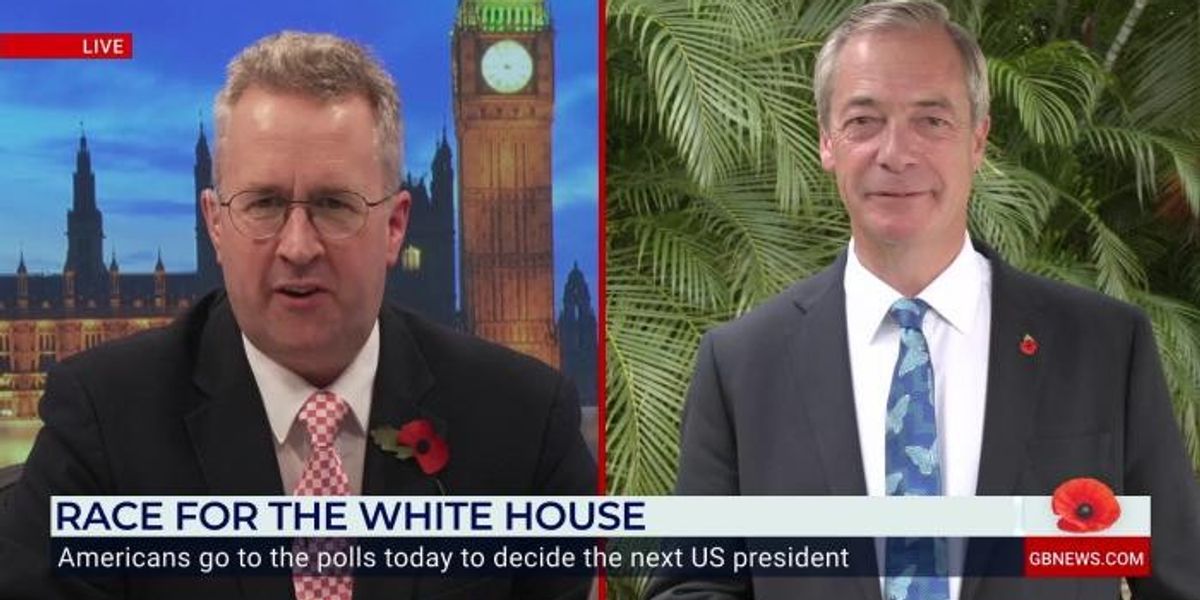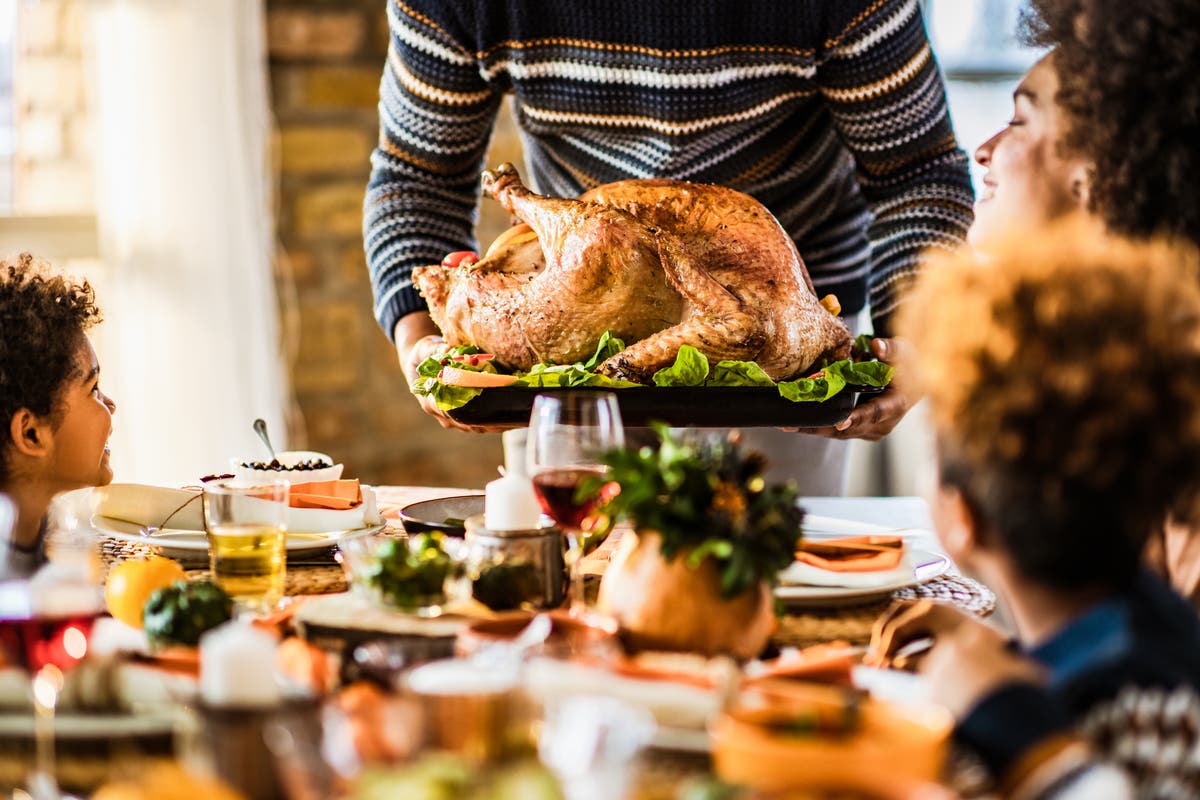Laura Crane is used to being in the spotlight. The surfer from north Devon was already making waves as a 12-year-old when she signed a professional contract. Within two years she became a British champion, announcing herself as one of the sport’s brightest talents.
With sponsors snapping at her heels, she spent her teenage years competing for Great Britain in the most stunning locations around the world. Surfing was her superpower, but it was also a sport in which she continually felt devalued as a female athlete and one that would trigger a five-year battle with an eating disorder.
Crane’s success in the ocean coincided with the advent of social media, likes and clicks. As a young teenage girl trying to navigate a sport where white men had long been the primary demographic, she found herself tied down by sponsors and brands when she was asked to model bikinis.
“It soon became really clear that we were definitely more valued for our bodies and the amount of Instagram followers we had than our physical ability,” Crane says. “They [sponsors] really championed us for getting views, getting likes and I don’t think we realised how detrimental that was to our own kind of self-value. I just wanted to be strong and powerful and break the boundaries.”
Crane felt she was sexualised at one of the most emotionally challenging stages of a woman’s life: puberty. “I went through a lot of bodily changes. I grew boobs. I got thighs and all of these things were really scary. I was thinking I’d lose my contract. They wanted us to be small. Yeah, that was definitely a shift.”

Surfing has become more progressive in recent years – the World Surf League introduced equal prize money in 2018 – but Crane insists deep-seated sexism remains. “It’s definitely still an issue, but girls are getting contracts now purely for their sporting ability and that really wasn’t the case 15 years ago.”
The pressure to look good in front of the lens was the trigger for Crane’s troubled relationship with food in her adolescence. She distinctly recalls one well-known sponsor publicly labelling her “fat” and cites the toxic nature of the surfing industry as the reason for developing bulimia aged 17. The condition accelerated her retirement just four years later.
She was still in the clutches of the eating disorder when she applied to be a contestant on the reality TV series Love Island in 2018, determined to promote a more athletic and muscular physique on the show.
“I went into Love Island wanting to represent the strong girl and just be a different body type, but it was really tough in there for me. I was still bulimic when I was in the house. The thing about bulimia is, when you’re really living a transient life and there’s lots of things that are out of control, it’s this thing that breeds control.”
Crane, who also endured a near-fatal experience with sepsis after going on the show, would not overcome her eating disorder until the pandemic, when she pressed the reset button. After extensive therapy, she returned to her haven – the ocean – to pursue big-wave surfing, a discipline in which adrenalin-junkie surfers are towed by a jet ski into waves that can exceed the size of three-storey buildings, and it is a sport in which Crane has excelled.
In April this year, she became the first British woman to surf a 60ft wave in Nazare, Portugal, the surfing spot which is home to some of the world’s most treacherous surfing environments.
Surfer Laura Crane becomes first British woman to ride 60ft wave at Nazare.
Laura had retired from professional surfing eight years ago but found a new passion for 'big wave' surfing last summer ahead of taking on the 60ft wave at Nazare in Portugal.https://t.co/JyIA0BpzYj pic.twitter.com/1AlYRhQM80
Surfing waves of such height requires an extraordinary training regime. Athletes not only have to reach peak physical fitness but manage high-pressure situations. In a big-wave wipeout, surfers can be pushed 20 to 50 feet below the surface, which is why Crane is accustomed to holding her breath for up to a minute under water.
“There’s a lot of strength training in the gym, lifting heavy weights. You need to have strong legs because the waves, which you don’t really see in the videos, have these big chops in them. There’s a lot of breath-hold training and ice baths.
“The hardest part of the training has been to teach my mind how to feel calm in stressful situations. So, there’s a lot of making myself super-uncomfortable in the pre-season – 5am ice baths are like my least favourite thing to do.
“The pre-season is basically just three months of beasting yourself and doing long bike rides and just things that you probably don’t really want to do in your day. But when you’ve got a 60ft wave towering over you, you are really grateful that you did all of that mental and physical training.”

What is it like to catch a 60ft wave? “It’s a crazy feeling. It’s just the most insane adrenalin rush ever. You’re so present in that moment. It’s the most grounding form of meditation ever. You almost don’t really feel anything at all until you come off it – that’s when the adrenalin hits.
“There’s also a lot of relief, because you think about it so much. While you’re in the season, you wake up daily thinking about massive waves. It’s a mixture of lots of different emotions. You surf that wave millimetre by millimetre because there’s such small margins and things that can go wrong. In the moment, it’s me, my board and the ocean and that’s really all that matters in the whole world.”
Big-wave surfing has also helped the 29-year-old rediscover her identity. Competitors wear wetsuits and women’s bodies are respected for their athletic ability. Crane has a growing portfolio of sponsors who value her athletic prowess, not her appearance. The sport has given her a fresh verve and inspired her to set up a wellness-retreat company, Laura Crane Co, helping people to live less stressful, more meaningful lives. The old competitor in her remains, though. “My goal for the season is just to surf bigger waves and inspire women in male-dominated industries to not be afraid to raise their voice.”
Role model, history-maker, campaigner – surfing is lucky to have her.

 By The Telegraph (World News) | Created at 2024-10-29 18:11:43 | Updated at 2024-11-05 21:09:02
1 week ago
By The Telegraph (World News) | Created at 2024-10-29 18:11:43 | Updated at 2024-11-05 21:09:02
1 week ago








